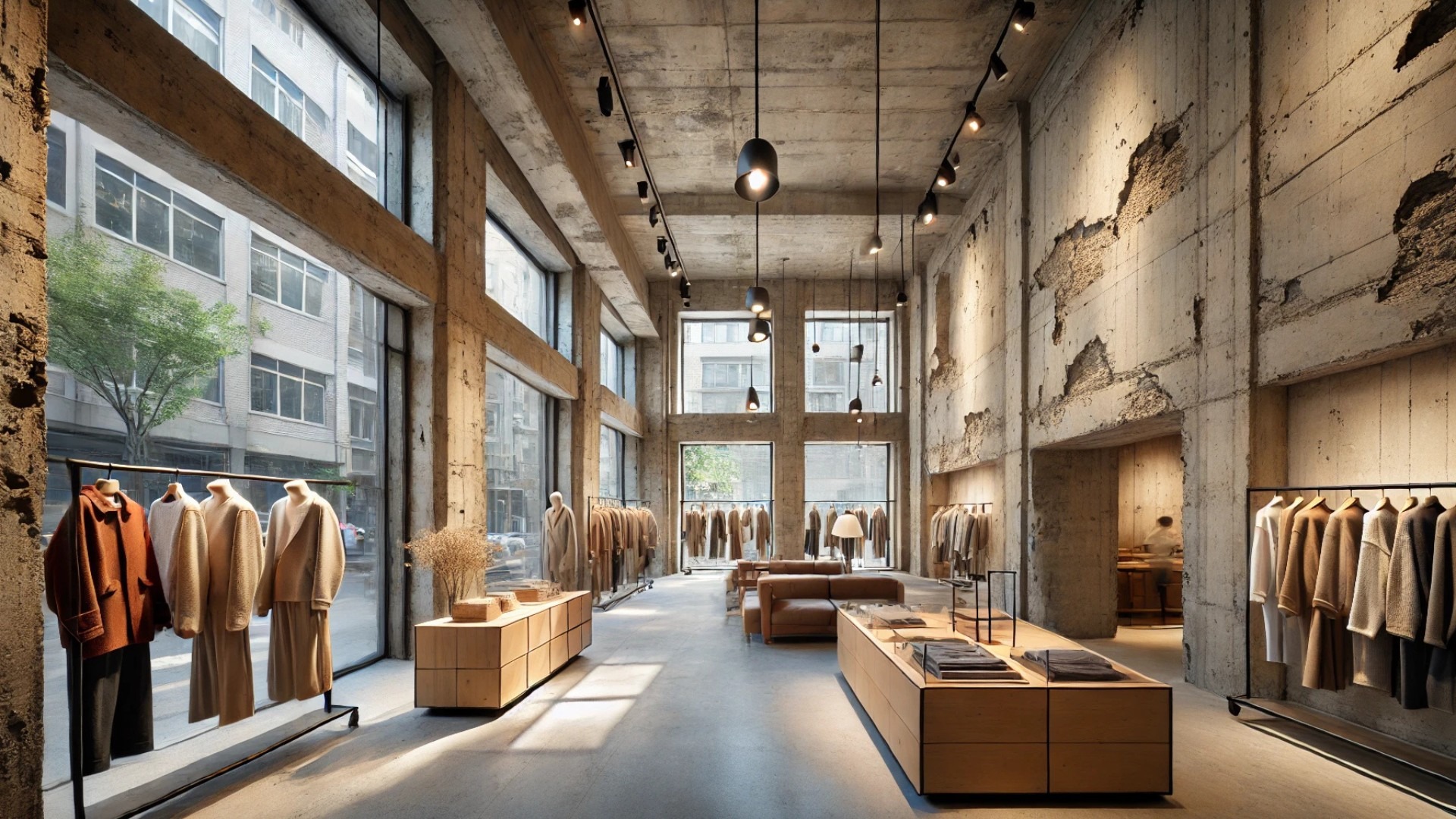
Soft Forms Shaping the Narrative of Inequality
At first glance, the stunning visuals within Federica Fragapane's installation, Shapes of Inequalities, may not appear to be data at all. But these unique organic shapes convey profound truths about pressing global issues like economic injustice and climate crisis. Unlike traditional graphs, these forms are soft, inviting, and serene—drawing viewers into a contemplative space rather than bombarding them with facts and figures.
The Artistic Approach to Hard Realities
Situated in the iconic Triennale Milano, Fragapane's project stands as a testament to the philosophy that data isn't just numbers; it's the story of human experience distilled into visuals. Her work, reminiscent of a photographer capturing raw realities, encourages us to see the emotional weight behind each dataset. As she insightfully notes, "Data itself is not a neutral entity; it is crafted by research and human actions, echoing the intricacies of life it represents." In her pieces, Fragapane merges precision with artistic elements to reshape how we perceive information.
Tempering Information with Sensitivity
Fragapane dedicated months to meticulously researching ten dimensions of disparity, which included healthcare access, educational gaps, and gender-based biases. This research culminated in abstract narratives that address intense subjects in a tender fashion. The color palette—encompassing muted reds and soft greens—evokes naturalism, underpinning her desire to honor the real lives that statistical data reflects. In a field often criticized for prioritizing clarity over emotion, Fragapane's works invite contemplation rather than instruction.
Connecting Through Design
Fragapane has collaborated with substantial institutions, such as the UN and WHO, yet her installations reveal a deeply personal exploration of subjects often left unexamined in traditional data visualization. "Some subjects in my exhibition resonate with my own experiences; others, far from my own perspective, are treated with care and respect, aiming to provide them a voice," she states. Her endeavors not only expose societal issues but also craft a bridge between the designer and the viewer.
Transformative Properties of Visualization
The work of Fragapane demonstrates that meaningful design doesn't just relay information—it elicits emotions and sparks conversations about real-world issues. The muted colors and delicate forms amplify voices often drowned out by hard statistics, prompting viewers to reflect on their privileges and responsibilities. This is what sets Fragapane apart in the realm of data visualizations: her commitment to transforming complex data into something that feels relatable and humane.
In the face of growing global inequality, Fragapane’s art urges us to appreciate the profound narratives behind the numbers. If you'd like to explore how data can take on a softer more humanized form, consider visiting the Shapes of Inequalities installation at Triennale Milano where art intersects critically and beautifully with social consciousness. By engaging with this work, you contribute to a broader understanding of these vital issues, enriching both your perspective and that of society.
 Add Row
Add Row  Add
Add 

 Add Row
Add Row  Add Element
Add Element 




Write A Comment